 Driving in to Okarito, the kiwi sign on the side of the road got our hopes up that we would spot the elusive NZ national symbol in the wild.
Driving in to Okarito, the kiwi sign on the side of the road got our hopes up that we would spot the elusive NZ national symbol in the wild.  Okarito KiwiTours claims to have an 85% success rate at viewing the birds. We arrived in the small village with plenty of time to set up camp and eat our sandwiches before meeting up with Ian, our Okarito KiwiTour Guide. At the office (his garage) we also met Paul, a guide in training, and three young people making a video about eco-tourism. We were each outfitted with a walkie-talkie radio, safety vest, and torch (flashlight).
Okarito KiwiTours claims to have an 85% success rate at viewing the birds. We arrived in the small village with plenty of time to set up camp and eat our sandwiches before meeting up with Ian, our Okarito KiwiTour Guide. At the office (his garage) we also met Paul, a guide in training, and three young people making a video about eco-tourism. We were each outfitted with a walkie-talkie radio, safety vest, and torch (flashlight). Ian and Paul also had spotlights with red filters (kiwis can’t see red light) and radio tracking gear. Ian briefed us on what kiwis sound like as well as the kiwi habitat we would be searching. Most of the searching is done by ear, listening for calls, shuffling in the underbrush, or snuffling as the birds explore for food on the ground. There are 6 radio-tagged birds so their range and habits are somewhat known. The Rowi are NZ’s rarest kiwi. There is a small (about 250 birds) distinctive population of Brown (Rowi) or Okarito Kiwi around the Pakihi Walk area in the South Okarito Forest.
Ian and Paul also had spotlights with red filters (kiwis can’t see red light) and radio tracking gear. Ian briefed us on what kiwis sound like as well as the kiwi habitat we would be searching. Most of the searching is done by ear, listening for calls, shuffling in the underbrush, or snuffling as the birds explore for food on the ground. There are 6 radio-tagged birds so their range and habits are somewhat known. The Rowi are NZ’s rarest kiwi. There is a small (about 250 birds) distinctive population of Brown (Rowi) or Okarito Kiwi around the Pakihi Walk area in the South Okarito Forest.  After a short drive to the Pakihi Walk car park at the Department of Conservation area we set off on foot down a forest track, trying to move as quickly and quietly as possible. We had been told to wear quiet clothes – no waterproofs.
After a short drive to the Pakihi Walk car park at the Department of Conservation area we set off on foot down a forest track, trying to move as quickly and quietly as possible. We had been told to wear quiet clothes – no waterproofs.Ian pointed out some old tracks in the mud.


After another short briefing, we were each assigned an area of the track to patrol, listening carefully for kiwi calls, shuffling, or snuffling in the underbrush.
As darkness fell the great quest was on. Imagine trying to spot a shy, brown, nocturnal bird in dense brush. The only redeeming quality of a kiwi’s characteristics is that it is flightless. We knew it had to be on the ground. We spent 3 hours pacing, and then running up and down the track to false alarms as radio-tagged birds moved away from the track. Running around in the dark whispering into radios was very cloak and dagger exciting but very frustrating. Doug heard a bird shuffling in the brush and one other person heard a call but all I heard beside the morepork owls calling was the ringing in my ears from listening so hard. Finally, using the radio tracking device, Ian had a bird on the track but by the time we got there it had moved off into the dense brush. We retired back to Okarito and bedded down in our tent for the night with a very nice campground all to ourselves. A cooking shelter with running water and bathrooms with flush toilets are great campground amenities. We were about 50 metres from the beach so the pounding surf lulled us to sleep.



We awoke Friday to the predicted clear skies with gorgeous views of the Alps.

We ate breakfast down on the beach. The guy in the middle of the photo is netting whitebait, a small fish considered a delicacy here, in a small lagoon created by the receding tide.
 Having been skunked Thursday night by the kiwis, we decided to have another go on Friday night by ourselves. Ian loaned us a red spotlight and we went back to the same area. Here is Doug on the track again. The wood box in the foreground is a stoat trap.
Having been skunked Thursday night by the kiwis, we decided to have another go on Friday night by ourselves. Ian loaned us a red spotlight and we went back to the same area. Here is Doug on the track again. The wood box in the foreground is a stoat trap. Stoats were introduced in NZ to control the rat population and have become more of a problem than the rats (think mongoose in Hawaii).
 This time we waited at what we had been told was a burrow and finally after an hour heard a male’s single LOUD, shrill ascending whistle and the female’s single deeper hoarse whistle in response. The calls were several metres in the brush - so close - but no cigar with respect to visual sighting.
This time we waited at what we had been told was a burrow and finally after an hour heard a male’s single LOUD, shrill ascending whistle and the female’s single deeper hoarse whistle in response. The calls were several metres in the brush - so close - but no cigar with respect to visual sighting.The little buggers still did not come out onto the track, at least where we were patrolling, so no visual contact was had. Most of the Kiwi houses with birds in captivity have day and night artificially reversed to increase the probability of spotting the banshees of the bush.
We came, we heard, we’ll be back.













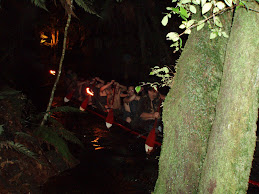
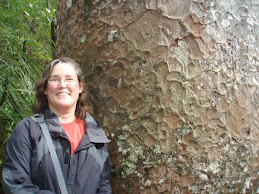
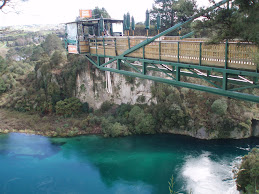
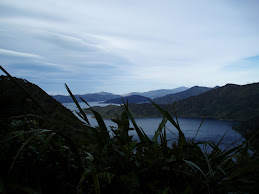
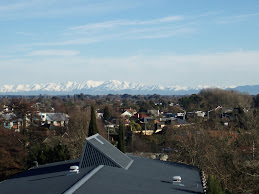
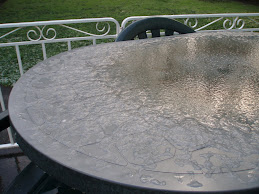
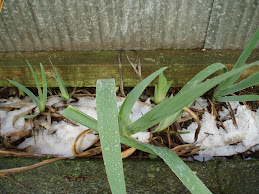
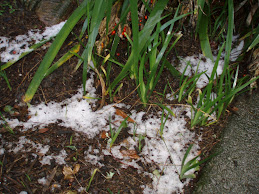


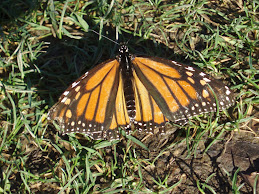
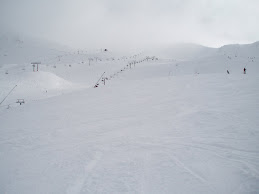


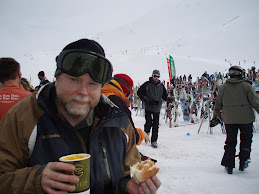





























No comments:
Post a Comment